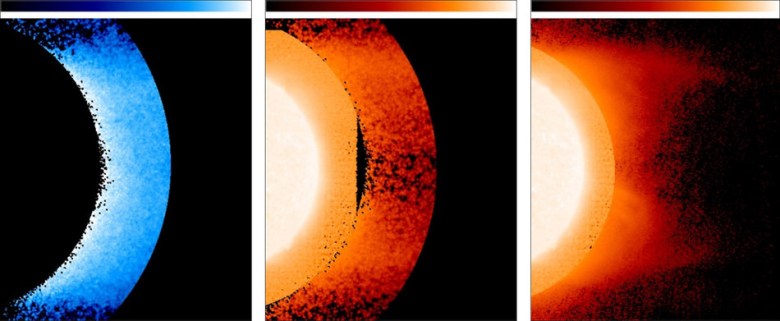Helium Abundance in the Sun
Recent advancements in astrophysics have led to a study estimating the abundance of helium in the Sun’s photosphere. This research, conducted by the Indian Institute of Astrophysics, marks the first direct observation of helium levels, step in understanding solar opacity. Traditionally, estimates relied on indirect methods due to the lack of observable helium spectral lines in the Sun’s photosphere.
About Helium’s Role in the Sun
Helium is the second most abundant element in the universe, following hydrogen. It plays important role in stellar processes. The abundance of helium affects the opacity of the Sun’s photosphere. This opacity influences how light and heat are emitted from the Sun, impacting solar dynamics and climate on Earth.
Traditional Methods of Estimation
Historically, astronomers have estimated helium abundance using indirect methods. These include extrapolating data from hotter stars or the solar corona. Other techniques involve helioseismology, which studies oscillations in the Sun’s interior. However, these methods lack direct measurements from the photosphere.
New Methodology for Measurement
The recent study utilised a novel technique involving the spectral lines of neutral magnesium and carbon. By analysing these lines in conjunction with hydrogenated molecules, researchers could accurately infer helium’s abundance. This method allows for a more reliable estimate compared to previous approaches.
Results of the Study
The study found a helium-to-hydrogen ratio of approximately 0.1, consistent with previous helioseismological studies. This finding validates the reliability of the new method. The researchers brought into light that the abundance of magnesium and carbon must align with their respective atomic and molecular lines to ensure accurate measurements.
The Historical Context of Helium Discovery
The journey to understanding helium spans over two centuries. The first observations began with Joseph von Fraunhofer’s identification of spectral lines in the early 19th century. Later, during a solar eclipse in 1868, astronomers Pierre Janssen and Norman Pogson observed an unusual spectral line, leading to the prediction of a new element, which was eventually named helium.
Applications of Helium
Helium has diverse applications in modern technology. It is used in medical imaging, such as MRI scanners, and in various industrial processes. Helium’s unique properties make it ideal for filling balloons and cooling systems. Despite its abundance in the universe, helium is rare on Earth, primarily produced through radioactive decay.
Month: Current Affairs - April, 2025
Category: GS-III-Science & Technology






